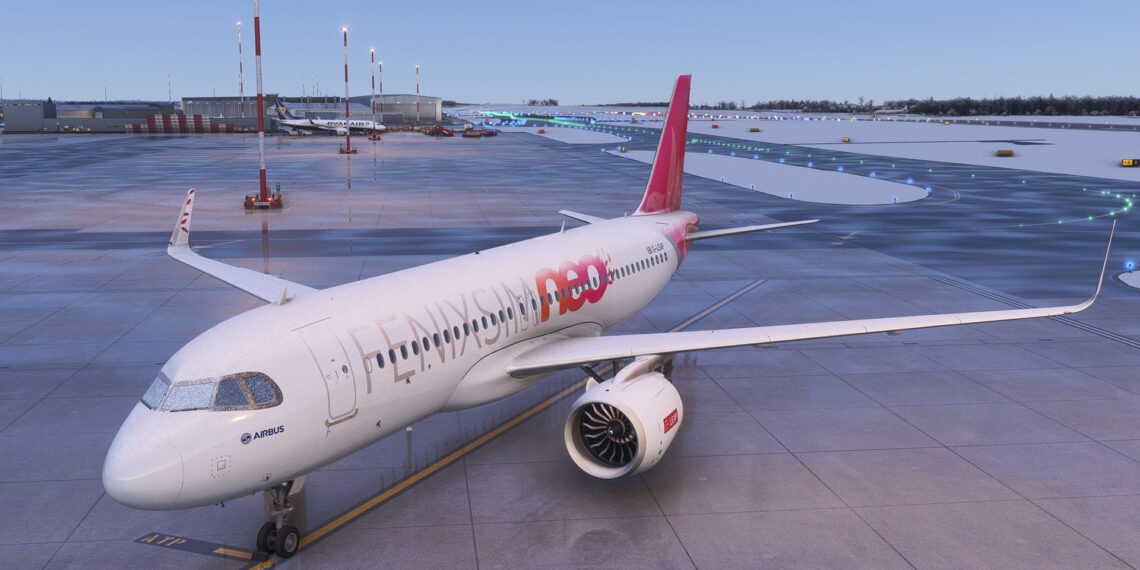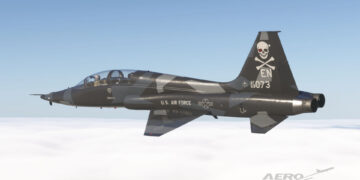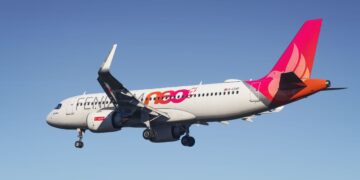Today, third-party developer Fenix announced its next aircraft coming to Microsoft Flight Simulator, the Airbus A320neo and A321neo.
It’s worth mentioning that I mean “Microsoft Flight Simulator” generically, as we don’t yet know whether they’ll come for MSFS 2024, 2020, or both. The developers at Fenix are not ready to discuss this point just yet.
The aircraft are not ready for release yet, as there’s still work to be done, but they’re currently being tested internally. They’ll launch “later this year” and will be a separate purchase from the CEO versions. Both LEAO and Pratt & Whitney engines will be included.
The ECAM has been built from the ground up, and it’s proprietary, no longer based on ProSim. The aircraft will be representative of modern and recent aircraft being flown in the real world, and the developer is going “all out” in modeling every detail. Incidentally, this new ECAM will also be implemented in the CEO versions.
They even include DRAIMS (digital Radio and Audio Integrating Management System), including the left/right context sharing, the various input validation functions, and the animation.
Incidentally, those who will purchase the neo and also already own the CEO version will get a “modernised CEO” as a bonus at no additional cost, based on the work made for the neo. This will come at some point after the release of the neo.
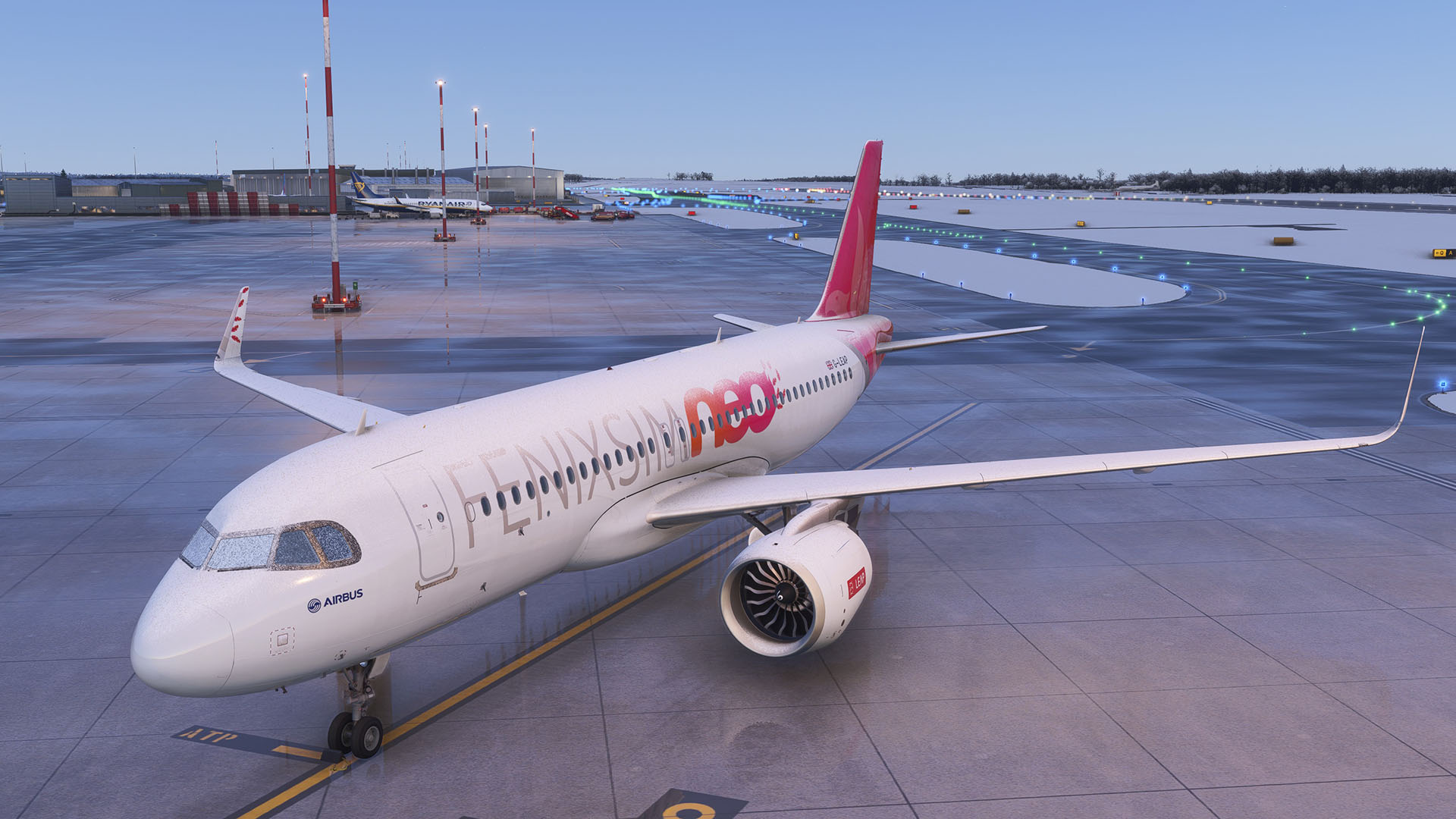
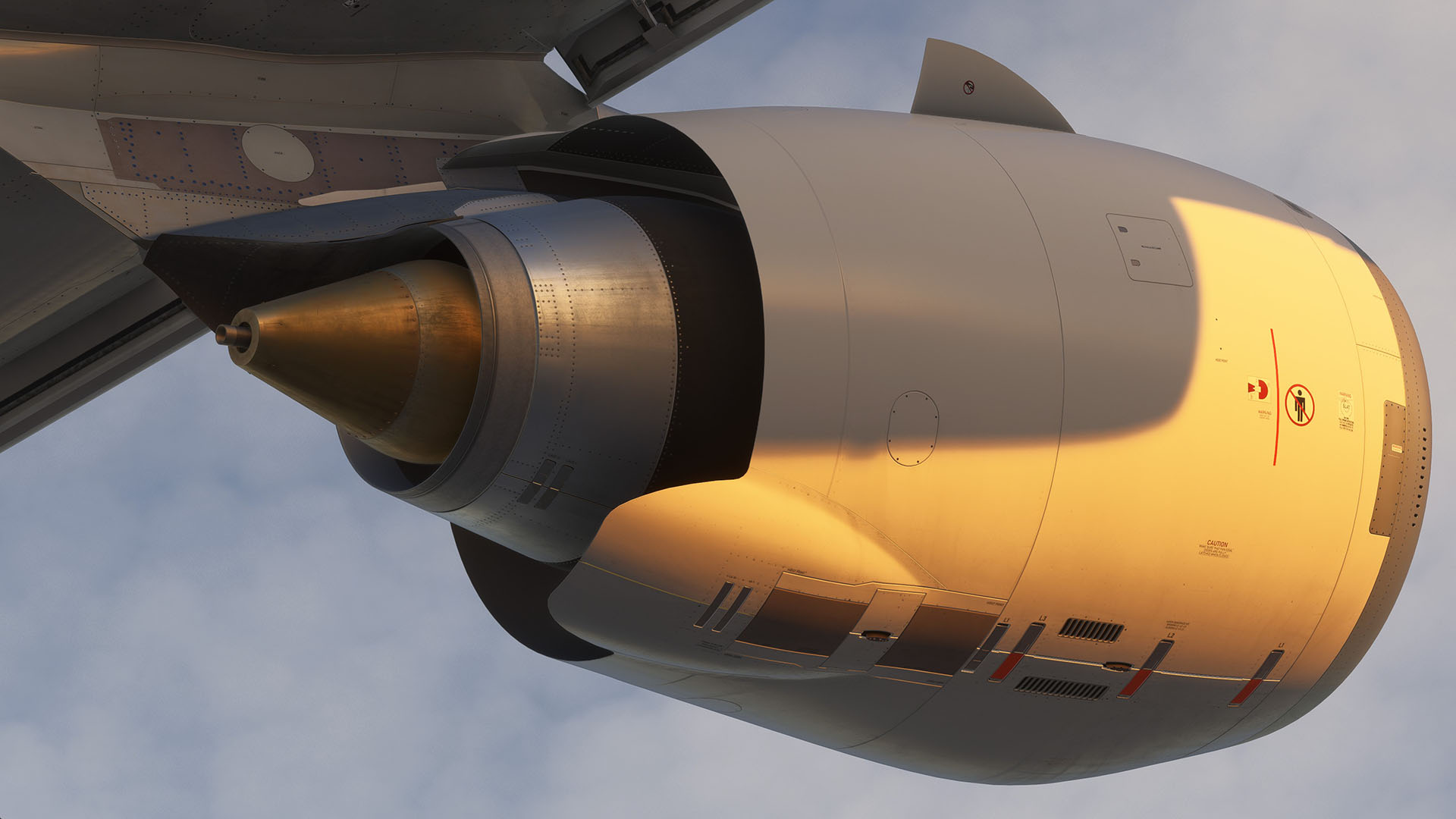
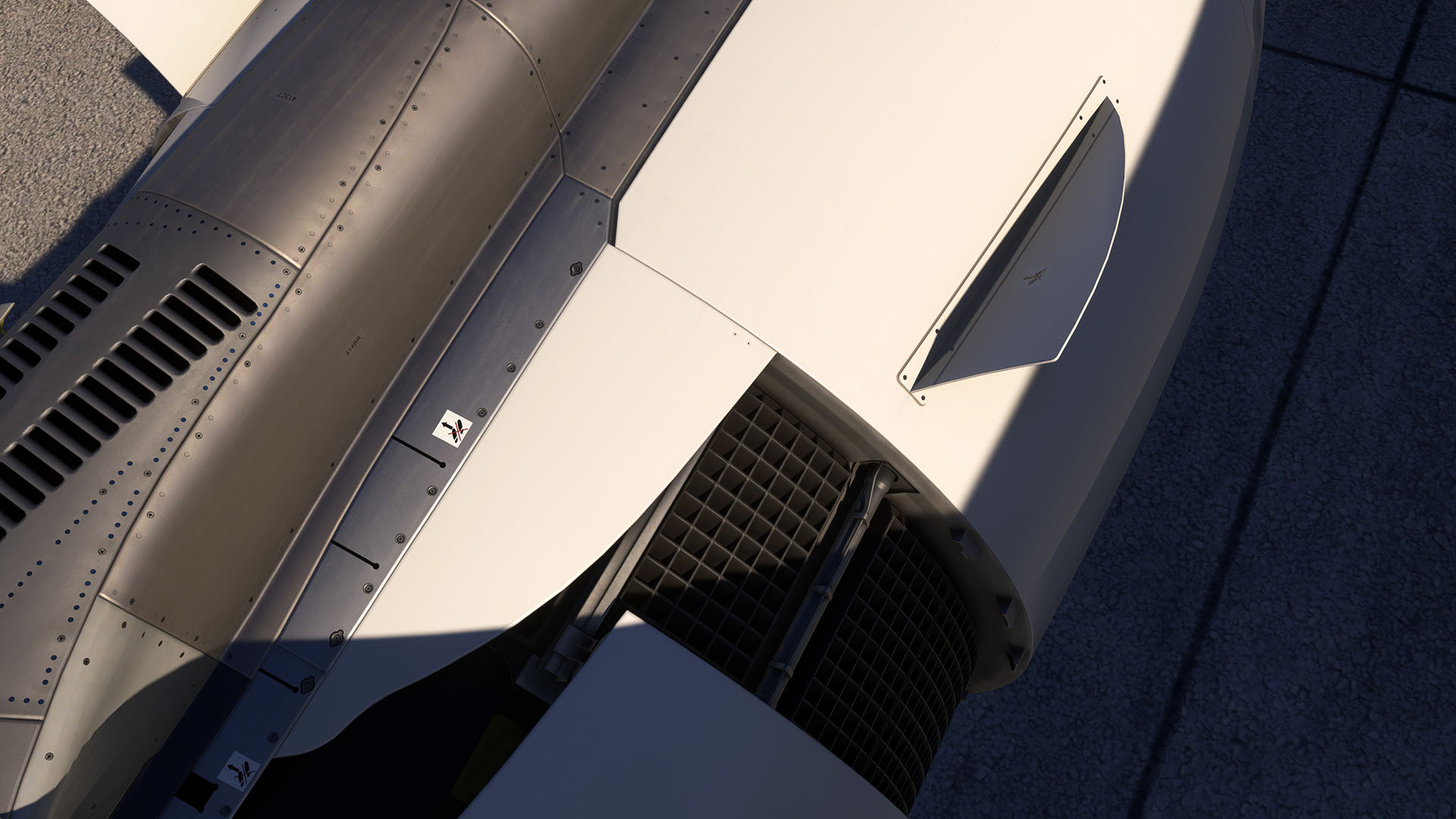
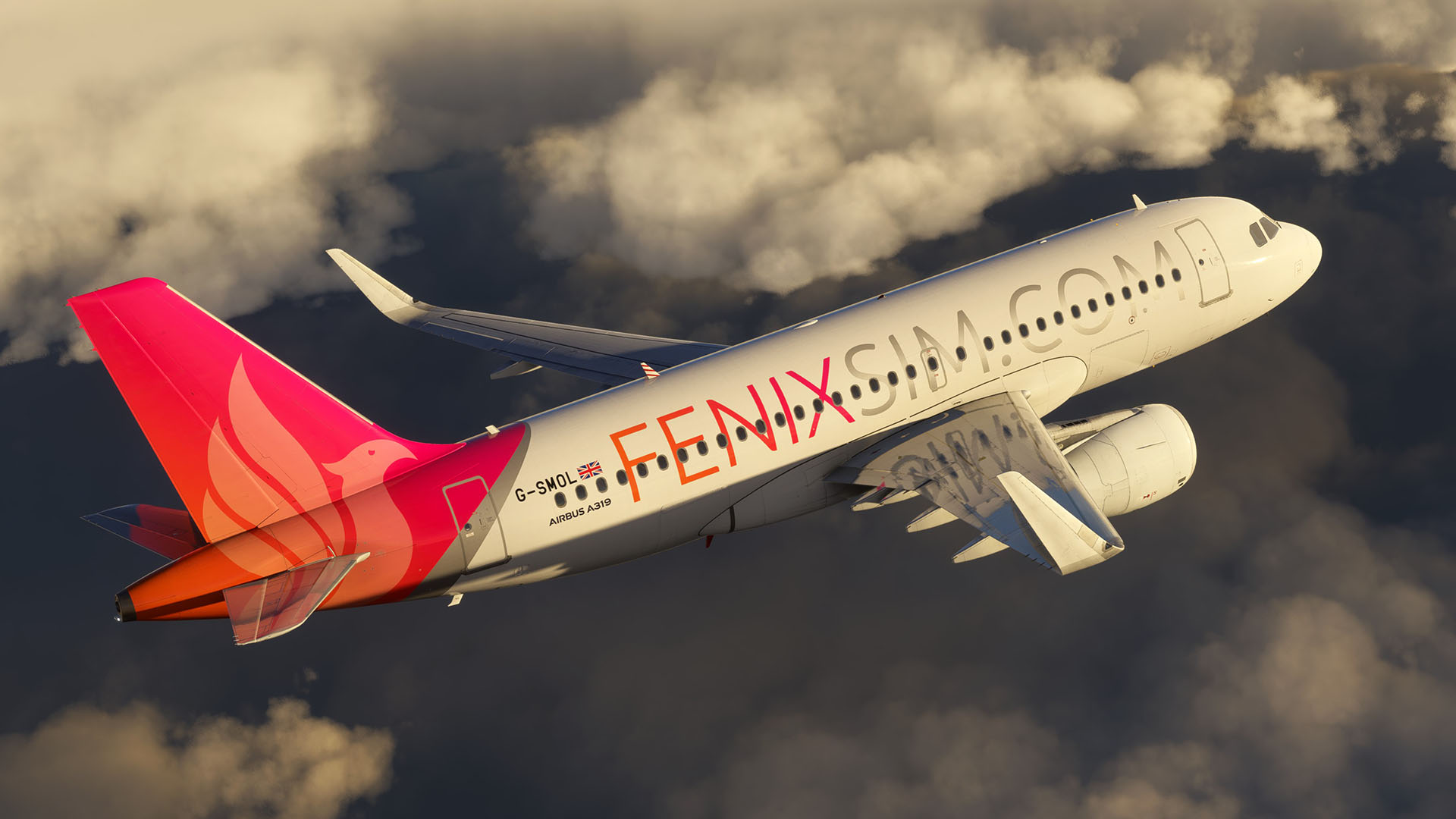
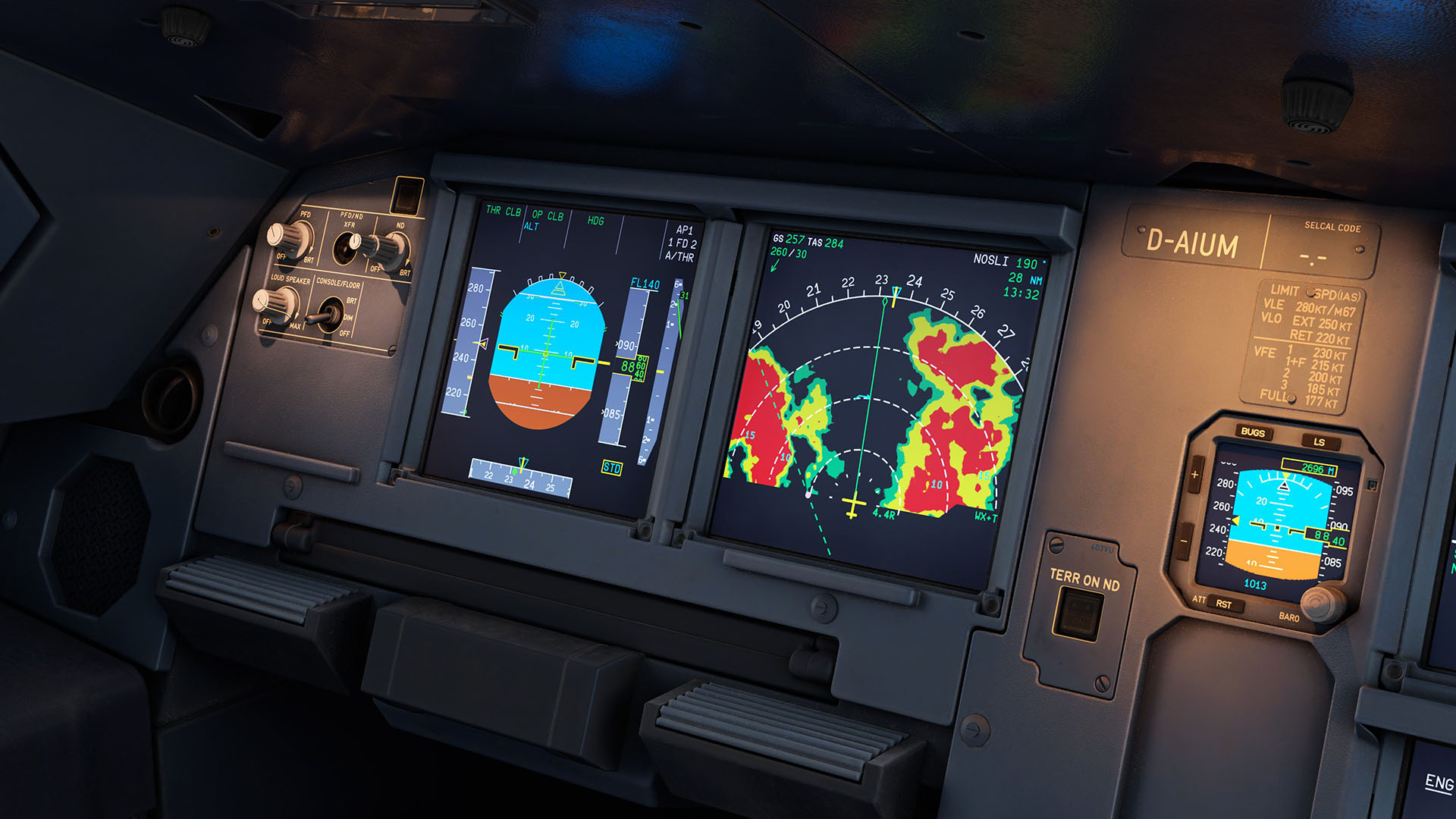
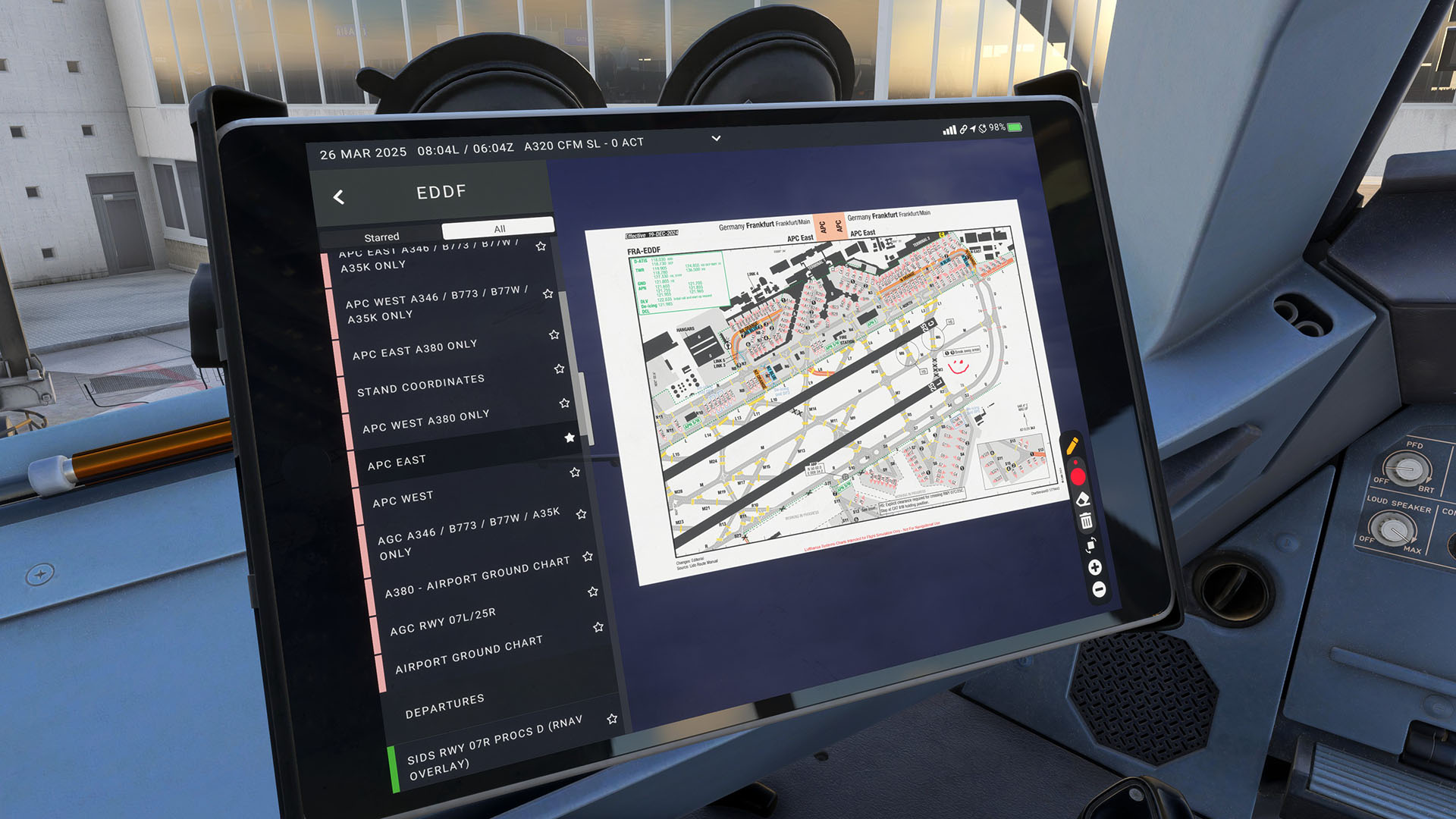
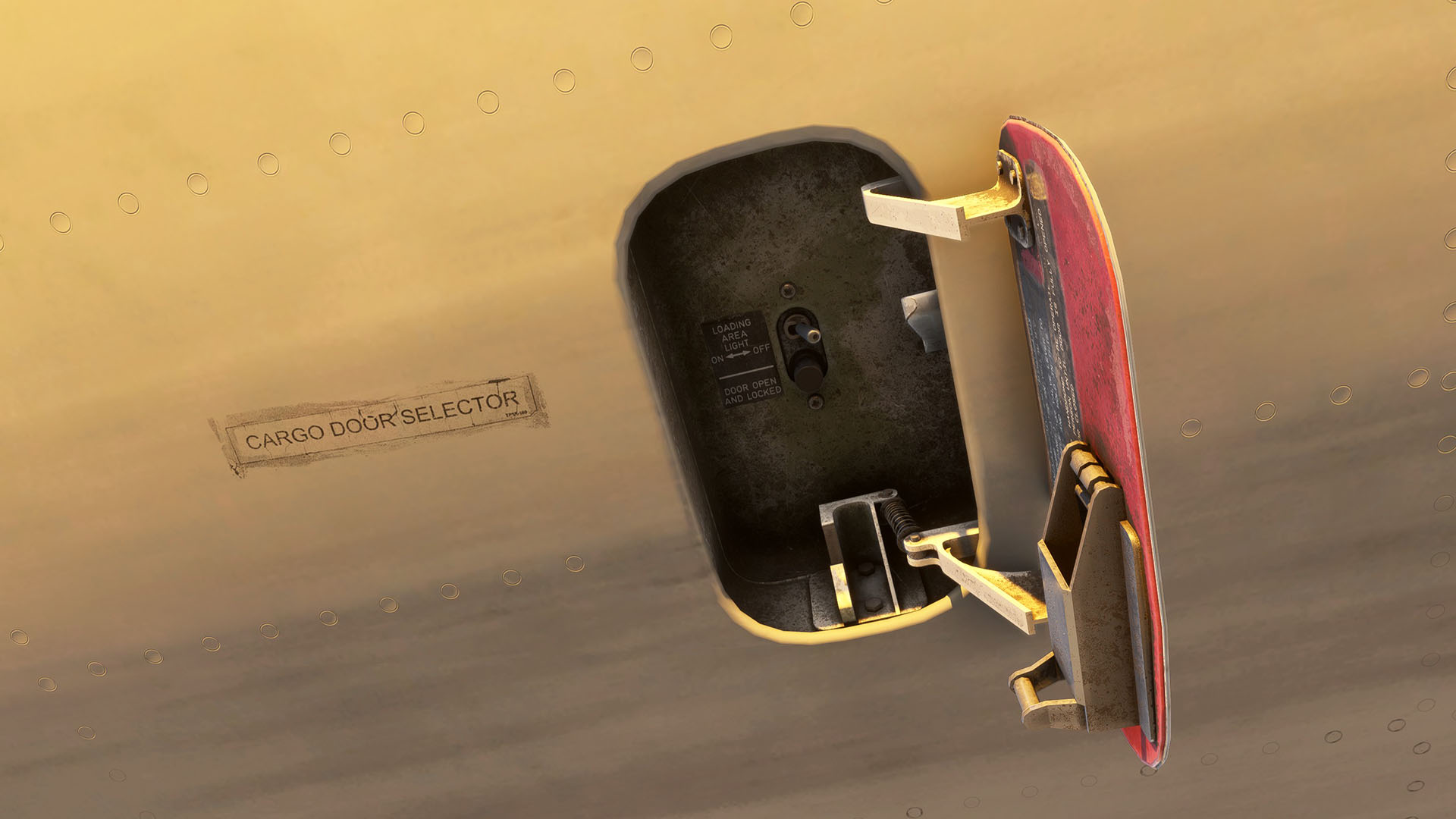
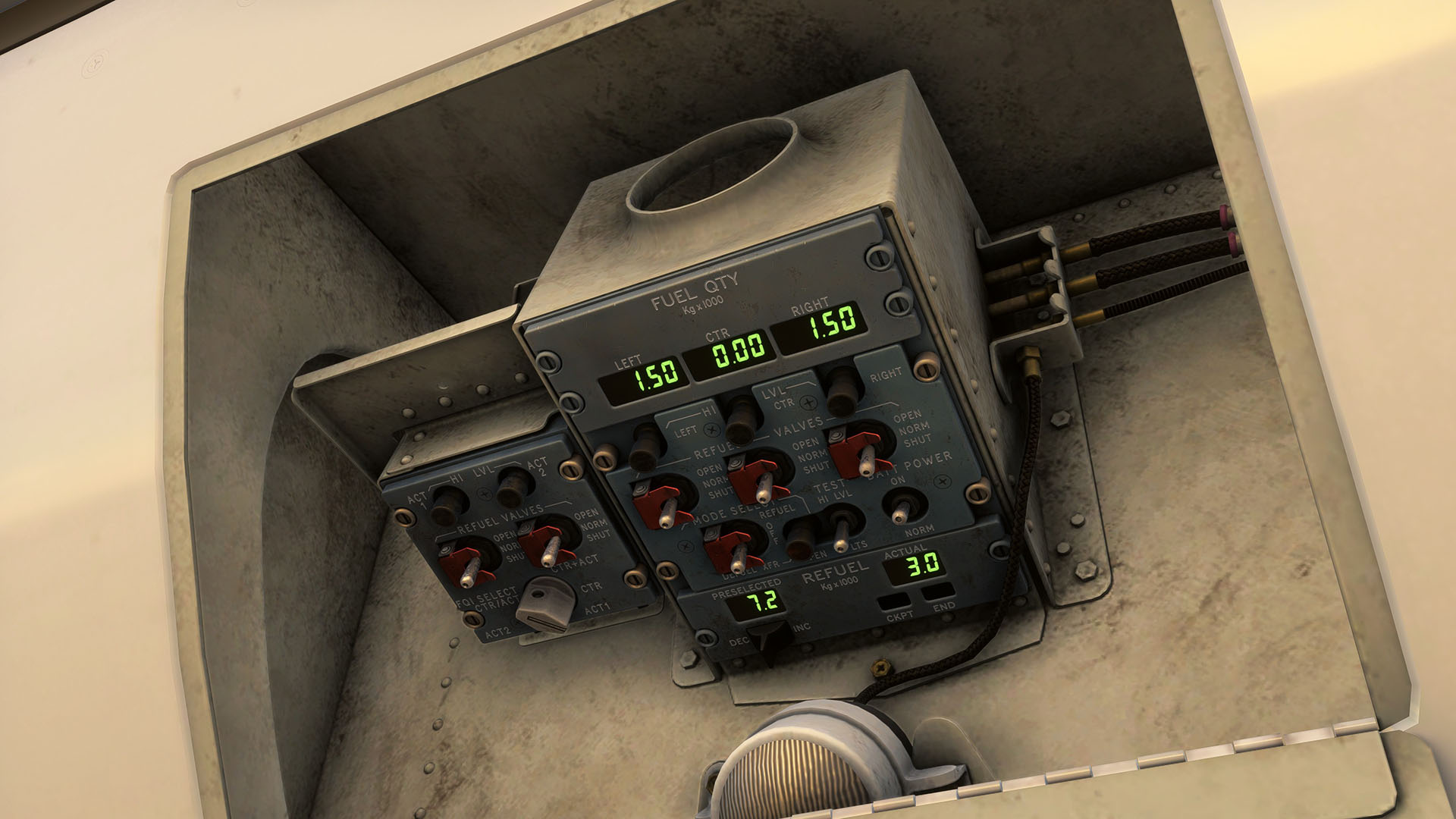
Yet, that’s not all. The existing A320 CEO family will receive a “big update” in the next couple of weeks. It’ll include the A319 with sharklets and the CFM variant on top of the IAE (configured as a V2524).
The display infrastructure has been rebuilt to support the weather radar, while the flare and ground effect have been overhauled to achieve realistic behavior on landing for all three aircraft: A320, A321, and A319. You can see an example below.
The fly-by-wire has also been improved, and LIDO charts will be supported.
On top of that, the update will bring official and full-fledged Microsoft Flight Simulator 2024 compatibility (the aircraft worked before, but the new sim was unofficially supported).
The aircraft will use the new Modular SimObject system, and the library of over 700 liveries has been converted to it as well. The Walk-around mode is supported, including new panels to open and enjoy, showing elements that are fully functional, including the cargo doors, the landing gear doors, and even the refueling system.
The soundscape has been updated and improved across both simulators, on top of “a ton more small changes and improvements across the board.” You can find more details on the official blog post by Fenix.
Microsoft Flight Simulator 2020 is available for PC and Xbox Series X|S. It’s worth mentioning that Fenix’s aircraft are PC exclusive.
Microsoft Flight Simulator 2024 is also available for the same platforms following its recent release in November. If you want to see the massive visual difference against Microsoft Flight Simulator 2020, you can enjoy our video and screenshot comparison.
A few weeks ago, we published an extensive interview with Head of Microsoft Flight Simulator Jorg Neumann about the present situation of the sim and the plans for the future.
Incidentally, a few days ago, Microsoft shared an extensive update about its plans for the sim, so you may want to read it to integrate what is said in this interview.
You can also check out our in-depth analysis of how much data the simulator downloads from the cloud, clearing the air from some widespread misinformation that has made the rounds over the past few months.

